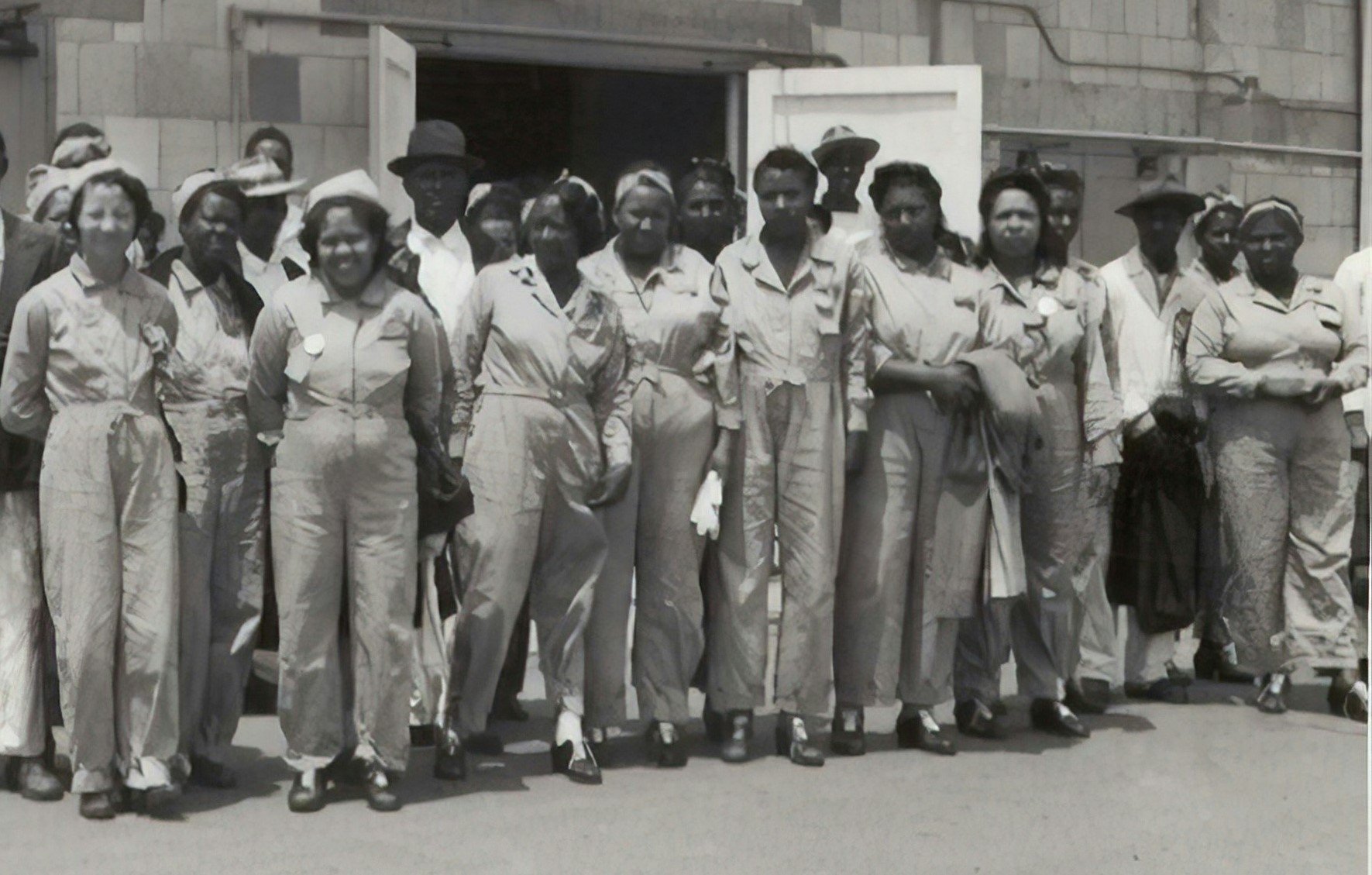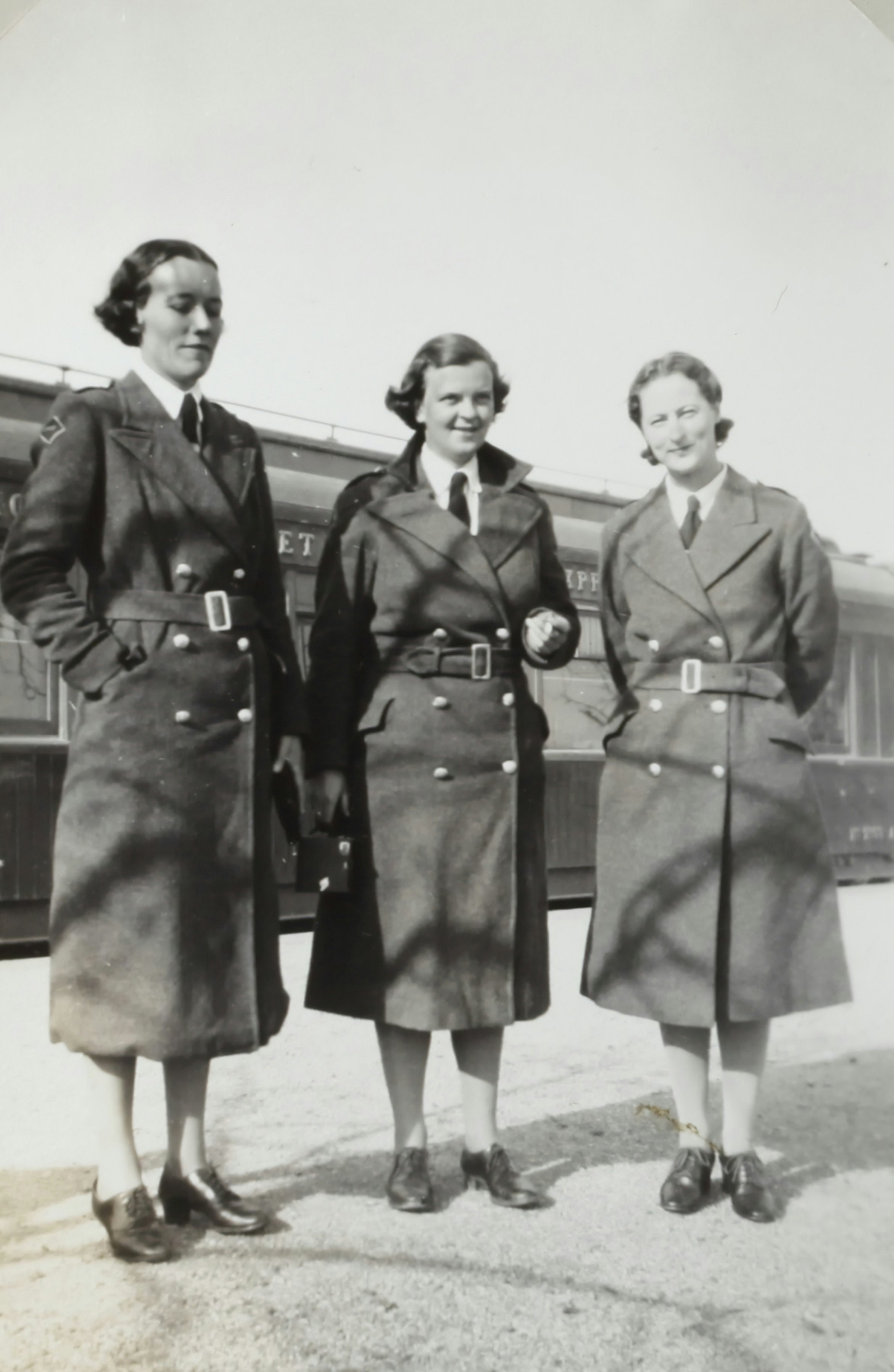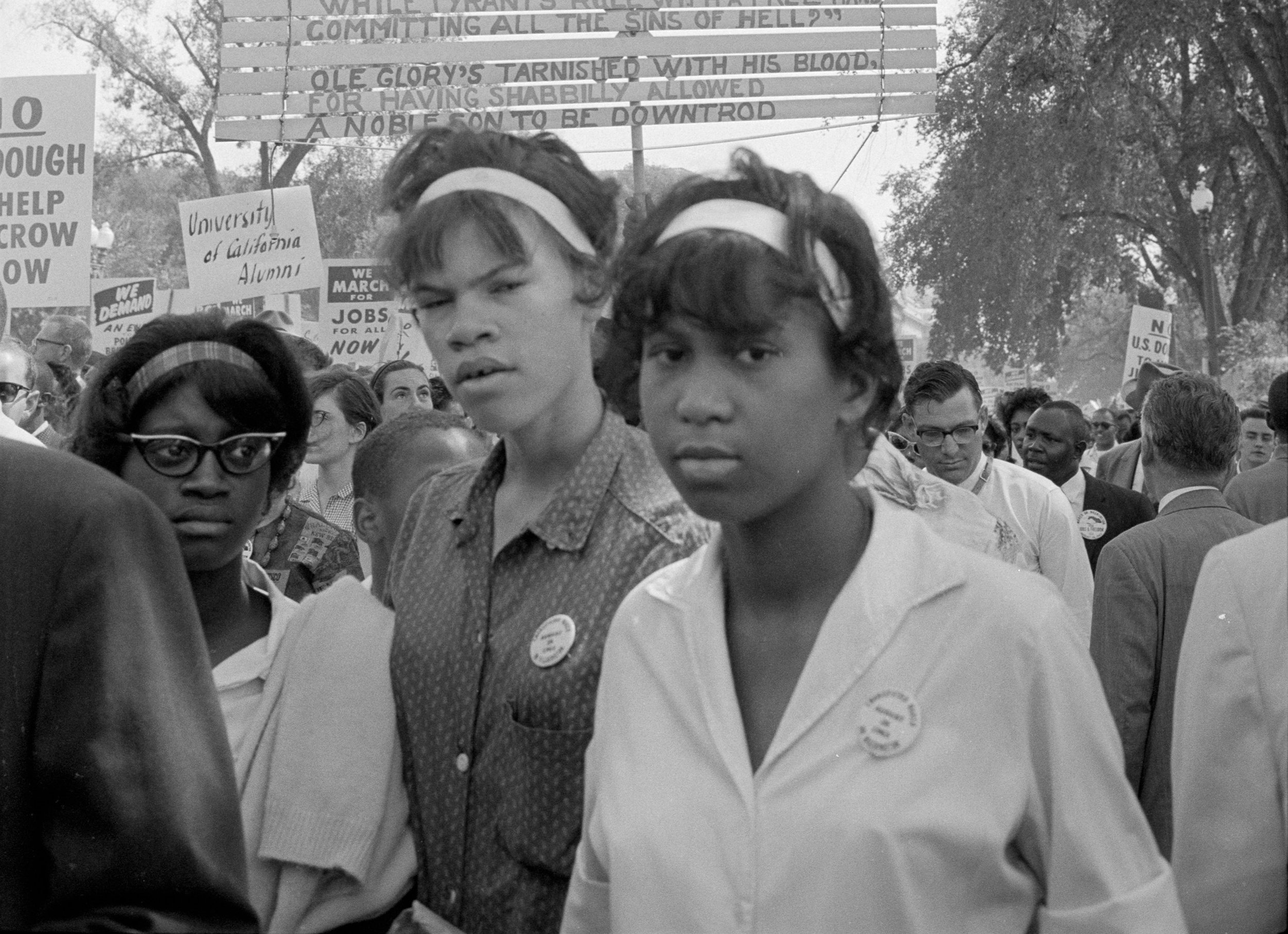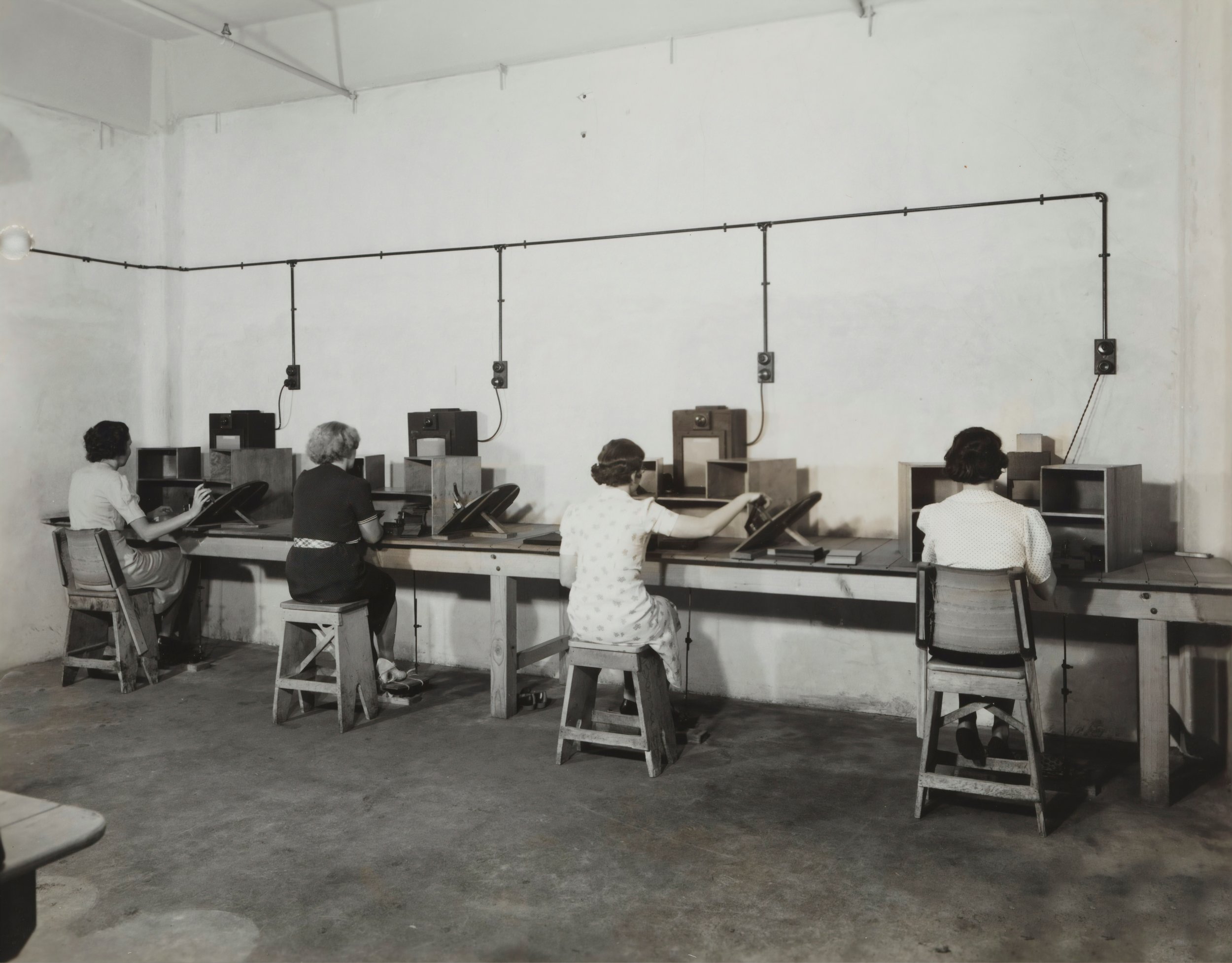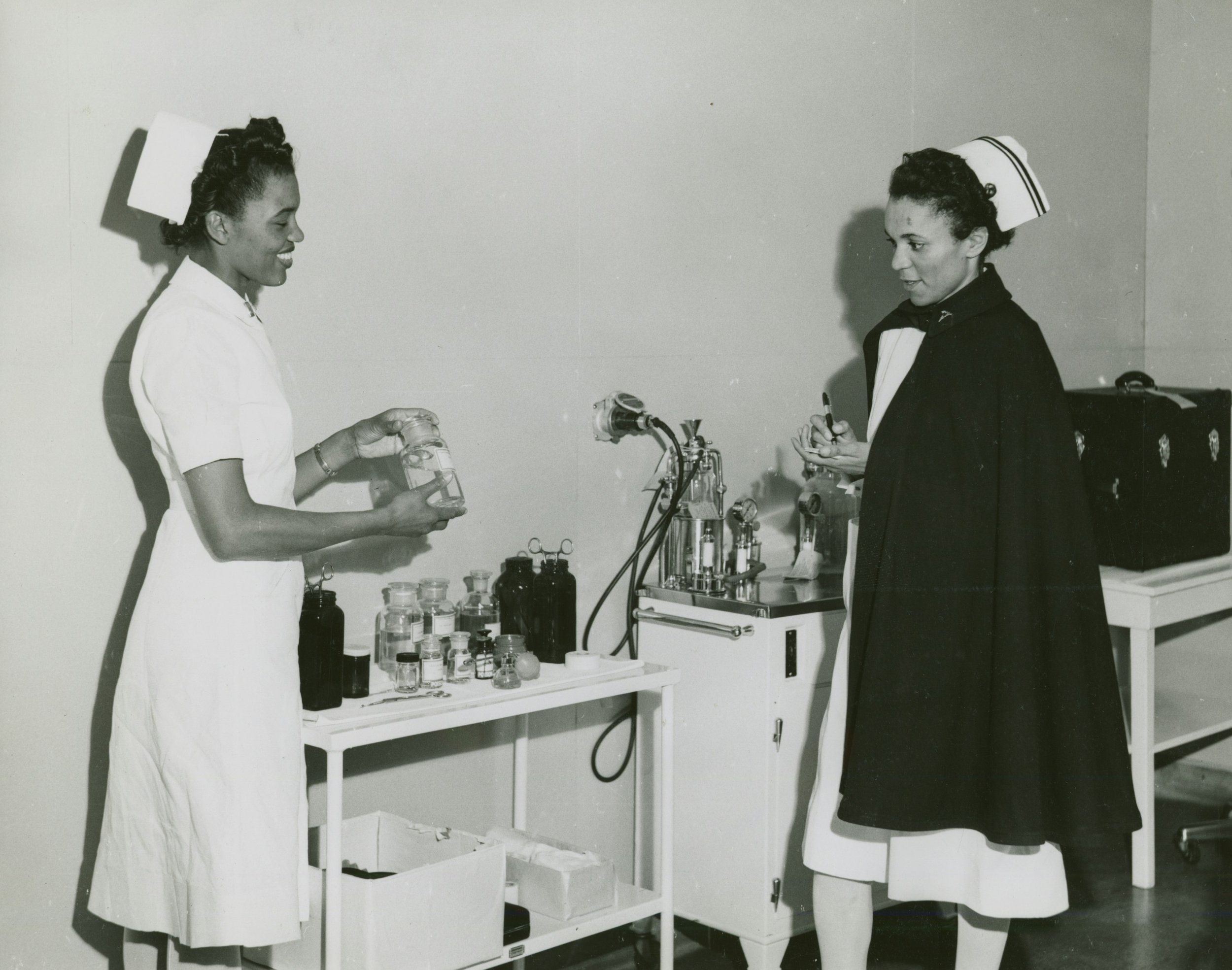Women’s History Month: Celebrating the Most Remarkable Women in History Through Test Prep
Women’s History Month holds immense significance as it provides an opportunity to celebrate and recognize the remarkable contributions of women throughout history.
Since 1995, every U.S. president has issued annual proclamations designating the month of March as Women’s History Month. This annual recognition celebrates the immense impact of women in American and global history. It emphasizes their accomplishments, strengths, and influences on society as we know it today.
As tutors and test-prep professionals, we can include those monumental achievements of women in history—beyond just the month of March—in the educational materials and resources we use to teach our students.
Crossing Paths: Women’s History and Academic Success
Acknowledging women’s history plays a pivotal role in creating a more inclusive and empowering learning environment. When students learn about women's achievements, struggles, and resilience throughout history, they gain a broader perspective. This understanding fosters empathy, breaks down stereotypes, and encourages resilience. By recognizing women’s contributions, we validate their impact and inspire future generations.
Why Integrating Women’s History into Test Prep Matters
Including women’s history in the educational materials we use in test prep is essential for several reasons:
Contextual Understanding: Historical context enriches students’ understanding of events, movements, and societal changes. It provides depth to their knowledge, allowing them to approach test questions with a more comprehensive perspective.
Critical Thinking: Analyzing women’s history encourages critical thinking—an essential academic skill for test taking and beyond. Students learn to evaluate sources, consider multiple viewpoints, and draw informed conclusions.
Empowerment: When students see women overcoming challenges and making significant contributions, they feel empowered to overcome their own personal and academic challenges.
Equity: Including women’s history ensures that test-prep content reflects diverse voices. It promotes equity and fairness, allowing all students to see themselves represented.
The Impact of Representation
Exposure to diverse role models significantly impacts students’ perspectives. When students encounter individuals who represent a wide range of backgrounds, achievements, and life paths, they benefit in the following ways:
Inspiration: Learning about accomplished women—scientists, artists, activists—inspires students to dream big. Representation shows them what’s possible with effort and determination.
Perception: Exposure to diverse role models challenges stereotypes. It broadens students’ horizons and encourages them to pursue fields traditionally considered “non-traditional” or out of their reach.
Motivation: When students see women who faced adversity and triumphed, they find motivation to persevere. Role models exemplify resilience and determination.
Incorporating Topical Materials that Showcase Women in History
Celebrating and acknowledging Women’s History Month in high school academics and test prep can be both educational and empowering for students. The best way to teach students about important women in history is to include those women and their accomplishments in test prep through works written by them and about them, sharing their stories from the past with today’s generation.
1. Integrate texts written by influential women throughout history. Discuss the themes, characters, and societal context of works written by women authors and poetesses like:
Virginia Woolf (Novelist, wrote classics such as To the Lighthouse, A Room of One’s Own, Orlando, and Mrs. Dalloway)
Toni Morrison (Novelist, wrote The Bluest Eye, Song of Solomon, A Mercy, and Beloved)
Joan Didion (Journalist and Essayist, wrote Slouching Towards Bethlehem, Play It as It Lays, After Henry, and The Year of Magical Thinking)
Jane Austen (Novelist, wrote classics such as Sense and Sensibility, Pride and Prejudice, Mansfield Park, and Emma)
Maya Angelou (Poetess and Novelist, wrote I Know Why the Caged Bird Sings, Wouldn’t Take Nothing for My Journey Now, and The Heart of a Woman)
Alice Walker (Novelist and Poetess, wrote classics such as Meridian, The Color Purple, and Possessing the Secret of Joy)
Louisa May Alcott (Short story writer, Poetess, and Novelist, wrote Moods, Little Women, and Little Men)
Many of these women never had a chance to enjoy the fame of their successfully published works because these works were celebrated much later than their lives. Some women, like Jane Austen, had to publish anonymously to disguise their gender. Today, these books are world-renowned classics that continue to be enjoyed by future generations.
2. Include inspiring biographies and memoirs written about women trailblazers. Biographical texts about women in history are great for teaching your students about both famous and often-overlooked women who paved the way through their unwavering dedication to their cause.
Harriet Tubman: The Road to Freedom by Catherine Clinton
My Own Words by Ruth Bader Ginsburg
Dust Tracks on a Road by Zora Neale Hurston
Hidden Figures: The American Dream and the Untold Story of the Black Women Mathematicians Who Helped Win the Space Race by Margot Lee Shetterly
Headstrong: 52 Women Who Changed Science—and the World by Rachel Swaby
The Book of Gutsy Women: Favorite Stories of Courage and Resilience by Hillary Rodham Clinton and Chelsea Clinton
These are just a few books that shed light on the strong women who have greatly influenced our world throughout history. For more recommendations, check out this list: 40 Inspiring Biographies of Remarkable Women from the Richland Library. (Personal side note: Amy Poehler’s Yes Please is an awesome read!)
3. Reference women who have made significant contributions to American and global history. While modern textbooks and required reading have become more inclusive in educating students on all the important people who have contributed to history, it is imperative to make sure to also include the women who helped support and progress those historical events and achievements. Women such as:
Abigail Adams (Unofficial Adviser to President John Adams throughout his career)
Sojourner Truth (Abolitionist and Women’s Rights Activist)
Harriet Tubman (Abolitionist and Underground Railroad Conductor)
Susan B. Anthony (Suffragist, Co-founder of the National Woman Suffrage Association)
Rosa Parks (Civil Rights Activist)
Frida Kahlo (Artist and Feminist icon)
Marie Curie (Scientist, the first woman to win the Nobel Prize in Physics and Chemistry)
Dorothea Dix (Educator and Social Reformer)
Laura Cornelius Kellogg (Oneida leader, Author, Orator, and Activist)
Jane C. Wright (Cancer Researcher, Surgeon, Co-founder of the American Society of Clinical Oncology, helped develop Chemotherapy)
Jane Goodall (Primatologist, Anthropologist, and Ecologist)
Sally Ride (Astronaut and the first American woman to travel to space)
Amelia Earhart (Pilot, the first person to fly across the Atlantic Ocean)
Malala Yousafzai (Education Activist)
The arduous effort by these women smoothed the way for many of the scientific, educational, and social advancements that we are privileged to have today.
4. Create thought-provoking writing prompts related to Women’s History. These can be used for reflective essays or creative writing exercises. Here are a few interesting writing prompts related to Women's History Month that are sure to spark creativity in your students’ writing:
Influential Women: Who is the most influential woman you know? How does she inspire you? Reflect on her impact and the qualities that make her remarkable.
Women in STEM: Do you know any women who work in STEM (Science, Technology, Engineering, and Mathematics)? Why is it important for women to contribute to these fields? Explore the role of women in scientific and technological advancements.
Breaking Barriers: Write about a woman who was the first female to work in a traditionally male field. Write about her achievements, challenges, and the impact she had on breaking barriers.
Resilience in Adversity: Explore the life of a historical woman who faced significant challenges or adversity. How did she overcome obstacles? What lessons can we learn from her resilience?
Women’s Activism: Discuss the role of women in social and political movements. Write about suffragists, civil rights activists, environmental advocates, or labor leaders. How did their activism shape history?
Women in Art and Literature: Choose a female artist, writer, or poet from history. Analyze her work and its influence. How did she challenge conventions or pave the way for future generations?
Encourage your students to respond to writing prompts like these that require a deep level of thinking and reflection. These prompts will not only refine their writing skills but also deepen their understanding of women’s roles in history.
These are just a few examples of ways in which famous women in history can be honored and taught through test prep. Whether you’re incorporating these powerful women into your practice materials or suggested reading, the remarkable work of the great women in history will certainly resonate with students today.
Integrating women’s history into academic curricula not only enriches the learning experience but also empowers students by providing diverse perspectives. This approach fosters an educational environment that is more equitable and inclusive, thereby promoting a broader understanding and appreciation of our shared history.
We Are Ready for the Digital SAT®! Are you?
As the SAT® and ACT® transition to all-digital testing, we are ready to support your tutoring business with the first and best white-label, fully digital test-prep courses. Promote your brand (and not your competitors') with test-prep materials that include: full-length, fully-digital, adaptive practice tests; assignable coursework; branded score reports; and more—all featuring your company’s name and branding.
Are you looking to supercharge your test prep? Contact us or schedule a free demo and find out how Clear Choice Prep can give your business and students the tools and support they need to take their test prep and scores to the next level.


